May 16, 2025 | 09:03 GMT +7
May 16, 2025 | 09:03 GMT +7
Hotline: 0913.378.918
May 16, 2025 | 09:03 GMT +7
Hotline: 0913.378.918
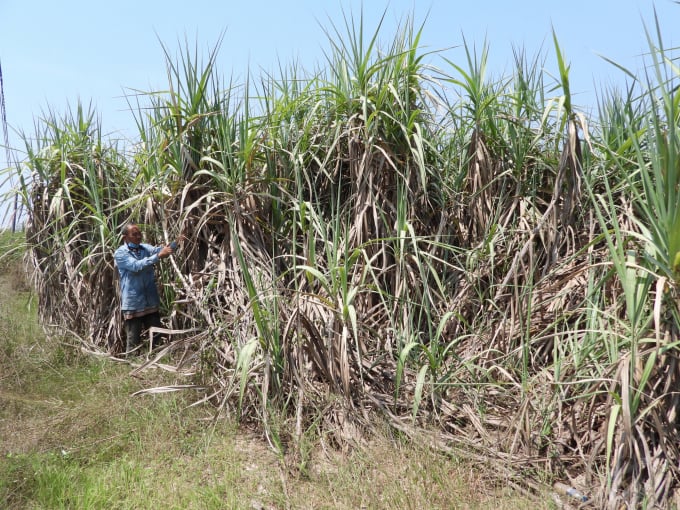
When sugarcane prices began to decline, Mr. Luan family's sugarcane area also decreased, up to now, only 6 hectares. Photo: Tran Trung.
Mr. Nguyen Ly Luan from Thai Binh commune, Chau Thanh district (Tay Ninh province) has more than 20 years of experience growing sugarcane. Mr. Luan earned billions of VND from his huge sugarcane orchard in some years. However, when sugarcane prices began to decline, his family's sugarcane area also decreased, up to now, only 6 hectares.
According to Mr. Luan, sugarcane is an easy plant to grow and is quite suitable for the soil conditions of Tay Ninh province. Especially when the state invests in the irrigation system, the sugarcane yield constantly increases year by year. If before, one hectare of sugarcane yielded only 50 tonnes per hectare, and now it is nearly 100 tonnes per hectare.
Although productivity has improved because input costs from fertilizers, labor costs, and land rent to grow sugarcane have continuously increased over time, profits from sugarcane are still very meager. In the last crop year, 2021 - 2022, sugarcane prices rose to the highest level in the past four years, but the profit was insignificant.
Mr. Luan said: Currently, the sugar factory is buying sugarcane for farmers at VND 930,000 per tonne, VND 200,000 per tonne higher than the same period two years ago. However, from the beginning of the year until now, fertilizer prices have continuously increased, sometimes doubling compared to last year.
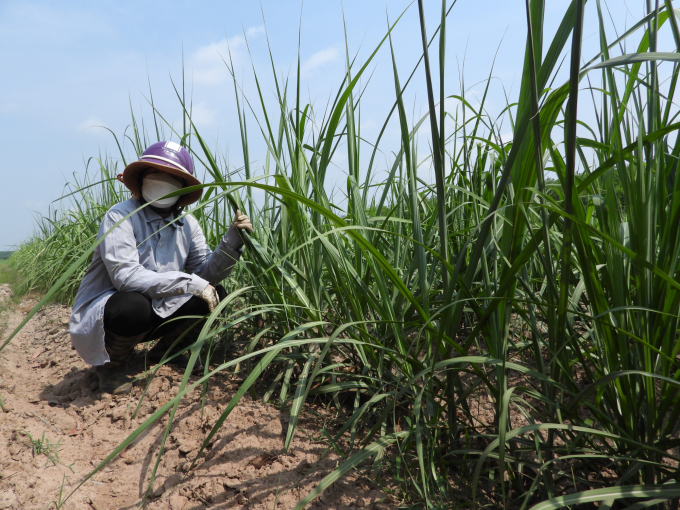
Mrs. Huynh Thi Kim Anh from Mo Cong commune, Tan Bien district, has more than ten years of growing sugarcane, owning nearly 100 hectares of sugarcane. Photo: Tran Trung.
"To invest in one hectare of sugarcane, it is necessary to use 500 kilograms of NPK fertilizer, 300 kilograms of nitrogen fertilizer, 300 kilograms of phosphate fertilizer, and 400 kilograms of potassium, with the current total cost of about VND 19 million, an increase of about VND 9 million compared to before. The labor cost from VND 180,000 per head is now over VND 250,000 per head, not to mention the cost of installing automatic irrigation systems, electricity, and seed money.
Mrs. Huynh Thi Kim Anh from Mo Cong commune, Tan Bien district, has more than ten years of growing sugarcane, owning nearly 100 hectares of sugarcane. Mrs. Kim Anh said that planting sugarcane has not been effective in the past.
The characteristics of the local land are that the sun is dry and the rain is waterlogged, so even if farmers switch to other crops, it will not bring high efficiency.
Mr. Nguyen Van Linh, Vice Chairman of the People's Committee of Mo Cong commune, said that in the past, sugarcane prices fell deeply, making growers not very interested in raw sugarcane, so the area of sugarcane in the commune has decreased.
"This year, sugarcane prices have increased, but if input and output are calculated, sugarcane growers still have not made a significant profit because fertilizer prices have risen too high compared to the increase of sugarcane price. The state needs to stabilize fertilizer prices.
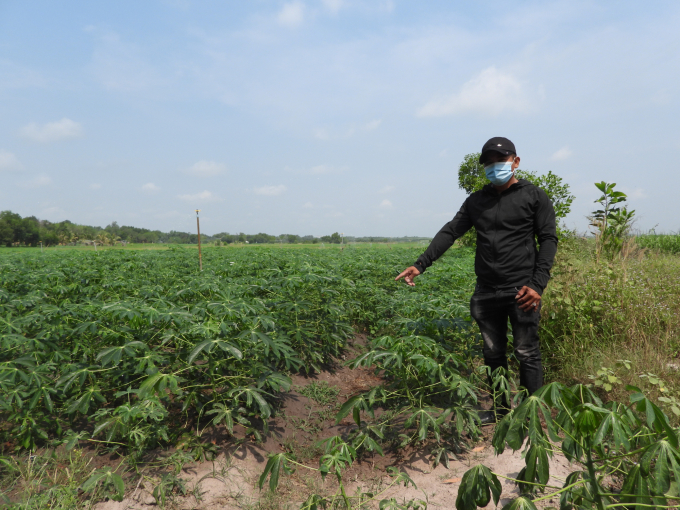
A farmer has converted to growing cassava. Photo: Tran Trung.
The development cycle of sugarcane only lasts from 3-4 years, and then it has to be planted again. Therefore, if there is no price stability, people can switch to other crops. Also, maintaining the planned area and ensuring the raw material area for sugar factories will face many difficulties", said Mr. Nguyen Van Linh, Vice Chairman of Mo Cong Commune People's Committee.
According to the Department of Agriculture and Rural Development of Tay Ninh province, this province was once considered the capital of the country's sugar industry, with the largest total planting area of up to 38,000 hectares. Many people also get rich thanks to sugarcane.
However, in recent years, input prices have continuously increased; while sugarcane prices went down, causing many households to switch to other crops, a few households still have to stick with sugarcane despite facing many difficulties.
In 2021, the total sugarcane area in the locality was only 6,135 hectares, with 452,453 tonnes. The province's sugarcane production plan in 2022 is expected to be about 6,500 hectares (a slight increase compared to 2021); the output is estimated at 513,500 tonnes.

Mechanization is applied to preparing land for sugarcane cultivation in Tay Ninh province. Photo: Tran Trung.
Currently, besides the skyrocketing price of fertilizer and input materials, the sugarcane industry still has some difficulties and shortcomings that reduce the competitiveness of sugarcane with other crops, such as The main raw material area of sugarcane. Smallholder farmers, challenging to mechanize, apply for new scientific and technological advances, lack of labor (rural workers are shifting to work in cities or industrial zones) causing production costs to increase.
In addition, there are inadequacies in the inspection and consumption of sugarcane, and there is no consensus between the factory and the producer to create trust and increase cohesion.
According to Mr. Nguyen Dinh Xuan, Director of the Department of Agriculture and Rural Development of Tay Ninh province, to ensure the development of sugarcane, the Provincial People's Committee has issued many policies to support farmers. Since 2009, the Provincial People's Committee has published a temporary support policy for new sugarcane planters in Tay Ninh province (VND 500,000 VND per hectare).
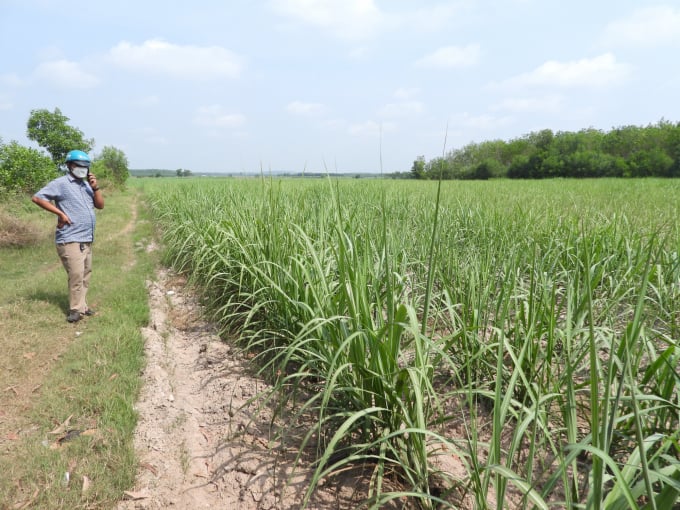
The local agricultural industry is trying to rebuild the sugarcane material area. Photo: Tran Trung.
In 2013, Tay Ninh continued to issue a policy to support the new planting of sugarcane in the province in the 2012 - 2015 period (VND 1 million per hectare).
Recently, Tay Ninh Provincial People's Committee also issued Directive No.09 on implementing solutions to develop Vietnam's sugar industry.
The Provincial Department of Agriculture and Rural Development advises on solutions to create conditions for producers to access scientific and technical advances, improve quality, reduce production costs with suitable disease-resistant varieties, have productivity, etc.
Mr. Nguyen Dinh Xuan, Director of the Department of Agriculture and Rural Development of Tay Ninh province, expressed his wish that factories continue to create favorable conditions for sharing profits with sugarcane growers, facilitating debt relief for production units in the context of sugar prices recovered.
In addition, the Department will continue to coordinate with sugar factories to build and popularize models of intensive farming to increase productivity and quality of sugarcane, especially the model of planting new sugarcane varieties with high yield and quality to popularize for sugarcane growers; increasing the application of mechanization in production and harvesting to improve productivity.
Translated by Ha Phuc
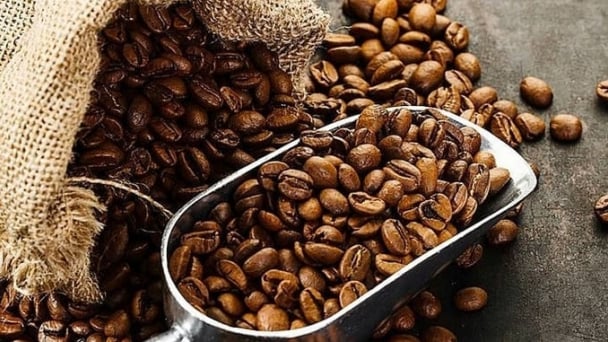
(VAN) Coffee prices on May 15, 2025, fell sharply by VND 2,500, trading at VND 125,700 – 126,200/kg. Global coffee prices also dropped significantly by 3%.
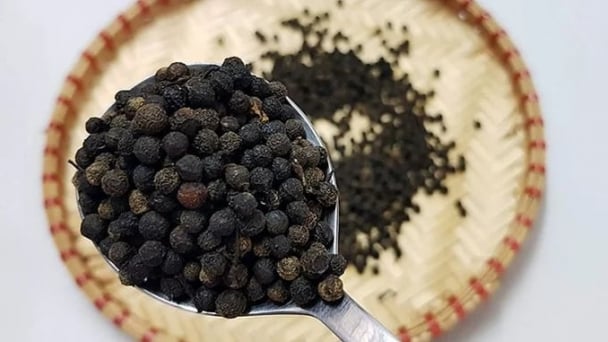
(VAN) Pepper prices on May 15, 2025, remain unchanged domestically, trading at VND 151,000 – 152,000/kg. Meanwhile, global pepper prices show mixed movements.

(VAN) Rubber prices on May 15, 2025, rise across global markets. Meanwhile, domestic latex prices remain steady, ranging from VND 397 to VND 462/TSC.
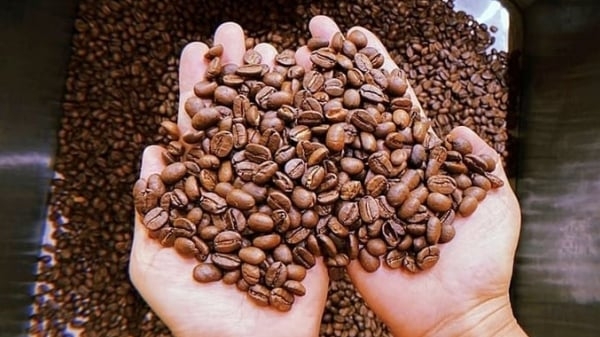
(VAN) Coffee prices on May 13, 2025 decreased by VND 1,200, trading around VND 125,500 – 126,000/kg. Global coffee prices also fell sharply.
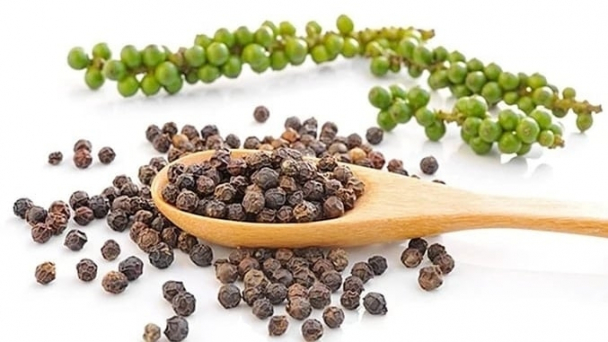
(VAN) Pepper prices on May 12, 2025 in the domestic market are hovering around VND 151,000 - 152,000/kg, while global pepper prices also remain flat.
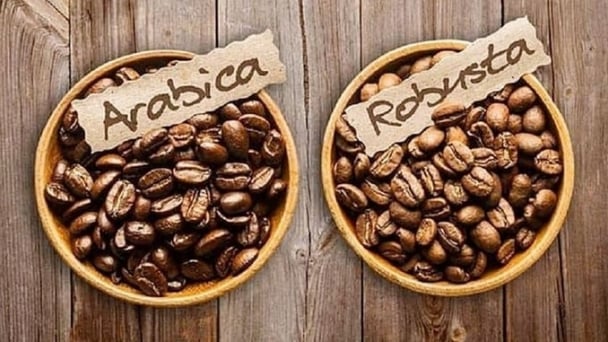
(VAN) Coffee prices on May 12, 2025, continue to trade around the range of VND 128,000 – 128,200/kg. Meanwhile, global coffee prices remain stable.

(VAN) Rubber prices on May 12, 2025, increase slightly globally. Latex purchasing prices in Vietnam remained steady, ranging from VND 397 to VND 462/TSC.